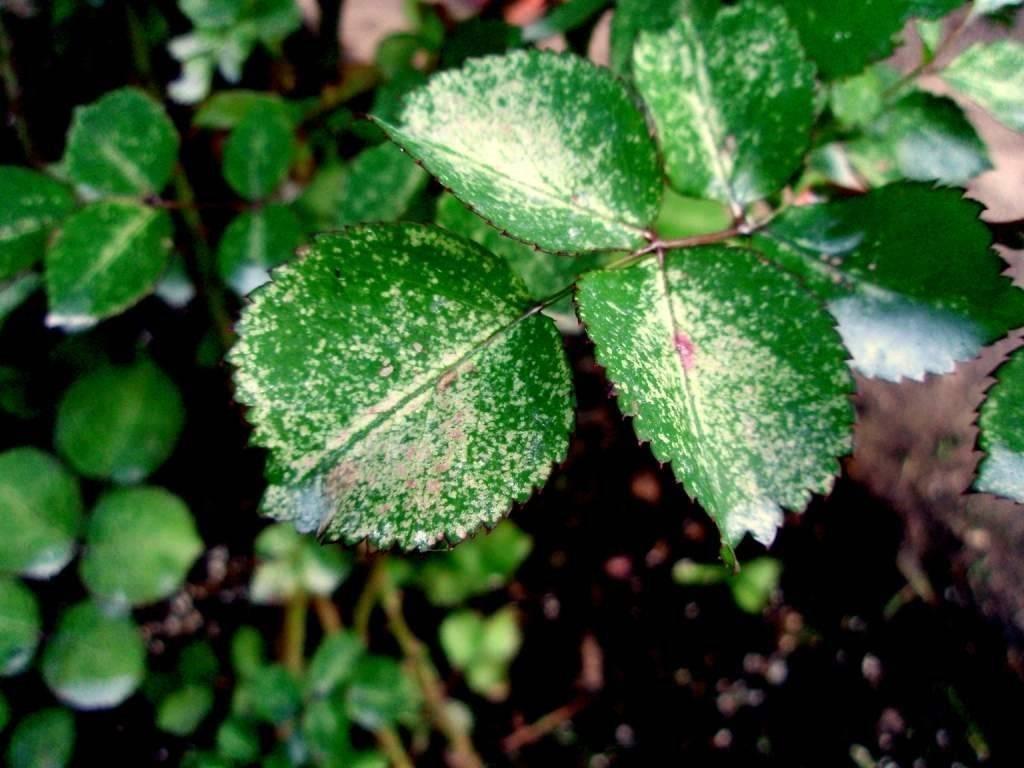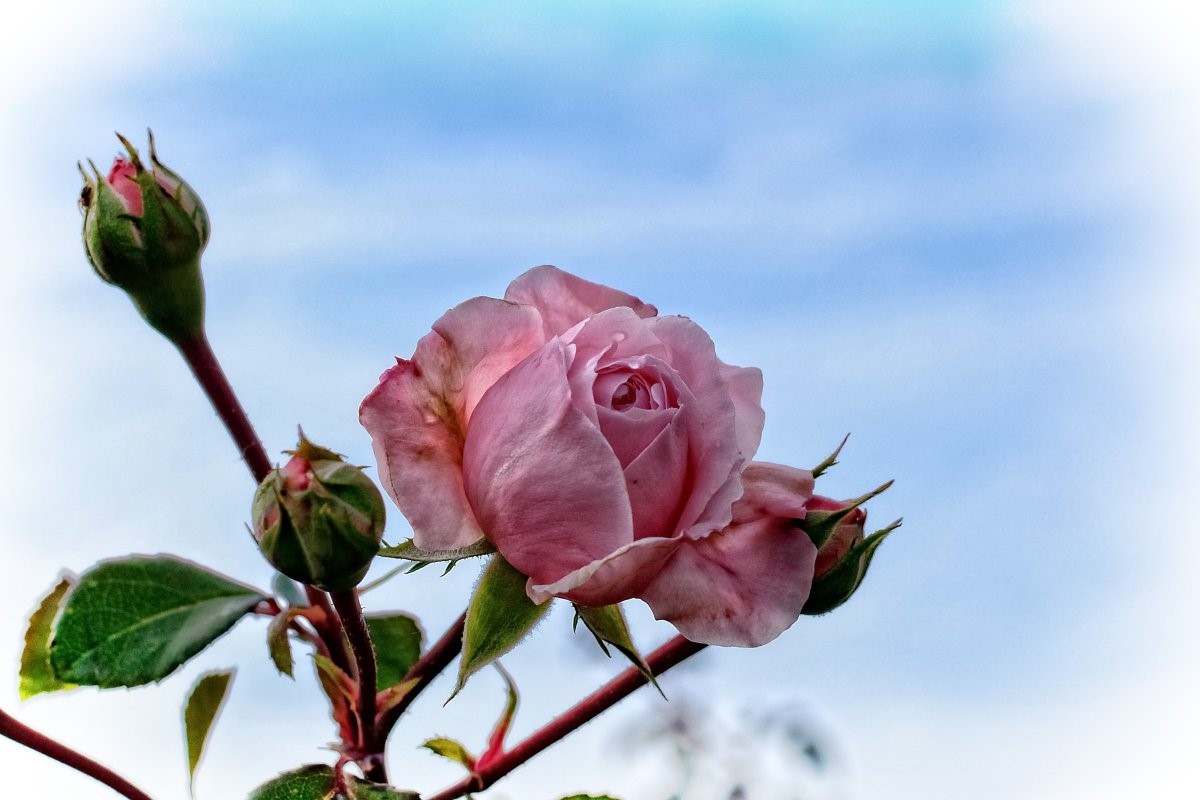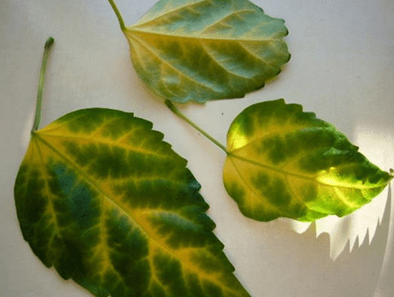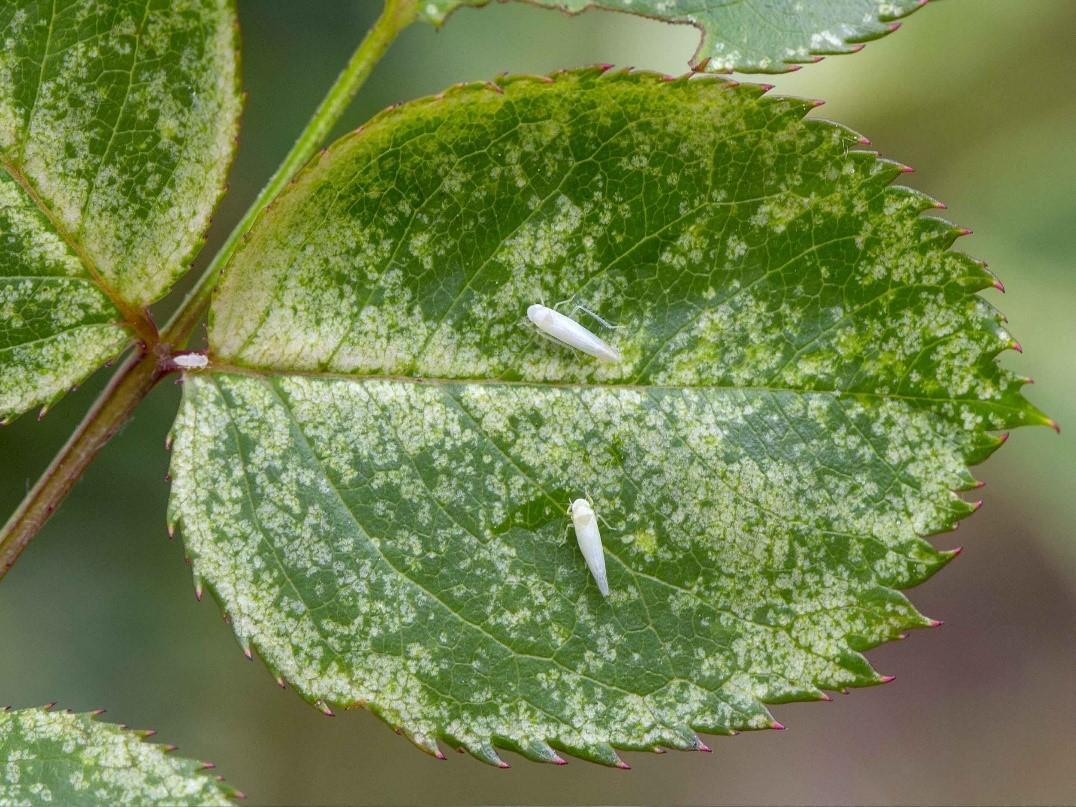Content
Roses are very demanding regarding cultivation conditions and compliance with care rules. Often, when growing luxurious but capricious flowers, various problems arise. Most often, gardeners complain that the leaves of roses turn pale. Recommendations from agricultural technicians will help identify the cause of negative changes and determine the appropriate method of elimination.

Diseases, pests, and nutrient deficiencies adversely affect the condition of roses and can destroy them.
Why do rose leaves turn light green?
Noticing that the rose's leaves have turned pale green, gardeners are worried. And these worries are completely justified. After all, growing the queen of flowers requires significant effort and time. The reasons that cause negative transformations in plant tissues are different. To adjust the cultivation conditions, it is necessary to understand what is causing the color change and deformation of the foliage.
Diseases
Rose leaves lighten when affected by an infectious disease. Often, delicate flowers suffer from a pathogenic fungus.
Powdery mildew
When infected with mycosis, rose leaves turn pale and a whitish coating forms on the surface. Powdery mildew most often occurs as a result of:
- improper use of nitrogen-based fertilizers;
- frequent and excessive watering:
- planting plants in a poorly lit place.
Gradually, the plaque spreads throughout the plant and becomes brownish-red. The foliage of diseased bushes curls and falls off.

A whitish coating when infected with powdery mildew covers all above-ground parts of the plant.
Gray rot
The causative agent of gray rot is also a pathogenic fungus. When infected, a thin gray coating forms on the leaves of the plant. If roses are planted closely, the infection spreads throughout the bushes in just a few days. The foliage withers and falls off. The cause of gray mold is excessive moisture.

Rose inflorescences affected by gray mold cannot bloom
Pests
Occupation of rose bushes by parasites leads to discoloration and deformation of foliage. Most often, garden crops suffer from populations of the following insects:
- aphid;
Aphids suck the juices from young rose bushes, as a result the leaves turn pale and the stems and flowers are affected.
- scale insect;
Rose scale insects attached to shoots and leaves resemble whitish growths
- leafhopper;
The leafhopper attacks all rosaceous plants, including ornamental, fruit and vegetable crops.
- root-knot nematode.
If the symptoms of nematode damage are noticeable on the above-ground part of the flower, then the rose cannot be saved.
Not only flowers grown in open areas suffer from pests.An indoor rose can also be affected by parasites: pale leaves with yellow spots indicate that the plant has been occupied by spider mites. If you look closely, you can see small grains on the bushes. These are the pests. In advanced cases, rose shoots are entangled in a thin cobweb.

Spider mites are most active in dry air, so they often attack greenhouse and indoor roses.
Lack of microelements
Insufficient amounts of nutrients adversely affect the condition of roses. It is easy to determine which substances a plant lacks or receives in excess by carefully noting the changes occurring in the crop.
Nitrogen deficiency
Nitrogen deficiency is the most common reason that a plant weakens. The shoots of the rose become thin, the leaves turn pale and yellow, and red dots are visible on their back side. The development of the bush slows down, and the number of buds formed is minimal. Leaves fall prematurely, and new ones degenerate and grow narrow.

When there is a lack of nitrogen in a rose, the color of the buds also changes - they are noticeably lighter than those of a healthy crop.
Potassium deficiency
Potassium deficiency manifests itself in slow plant growth. The rose's shoots become weak and short, the buds look shapeless. Young leaves acquire a red tint, a brown edging forms along the edges of the plate, and already formed ones turn black or yellow.

Plants growing on sandy or peaty soil are more likely to suffer from potassium deficiency.
Lack of calcium
Weakening of leaves and shoots, dying off of flower stalks is a sure sign of calcium deficiency. At the same time, the root system of the flower stops developing.

A characteristic sign of calcium deficiency is that the foliage on the bushes takes on a hook shape.
Chlorosis
Iron deficiency causes a disease called chlorosis. Pale leaves of a rose in spring signal a deficiency of an essential element.

Young foliage on rose bushes, turned white as a result of chlorosis, quickly falls off
Manganese deficiency
With a lack of manganese, rose leaves turn pale in the middle along the veins, but their edges remain green. To correct the situation, measures should be taken to increase the acidity of the soil, for example, add peat or pine needles.

You can increase the acidity of the soil by adding a 0.5% solution of manganese sulfate to the soil
Other
One of the signs of the degeneration of a cultivated plant into a rose hip is a change in the color of the leaf blades. In varietal roses they are bright green, in the wild form they are light. In addition, experienced gardeners advise carefully examining the bush for other symptoms of degeneration: changes in the structure of flowers, shredding of thorns, and the appearance of shoots. But if the leaves of a climbing rose become lighter, then this is considered one of the surest signs of the wildness of an ornamental crop.
What to do if a rose has pale leaves
It is possible to restore a rose if appropriate measures are taken in a timely manner. If a plant is affected by a fungal infection at the initial stage, you can use folk remedies:
- infusion of onion or garlic;
- wood ash solution;
- decoction of tops of potatoes, tomatoes;
- an aqueous solution of laundry, green or tar soap;
- decoction of wormwood, celandine, fragrant tobacco (optional).
In cases where the fungus has infected a significant part of the rose garden, the optimal solution is fungicides. In the fight against infection that has engulfed the plant, the following are effective:
- Falcon;
Falcon is a three-component drug, and each of the active substances has a depressant effect on spores
- Fundazol.
Fundazol has a double effect: it simultaneously fights fungi and insect pests
Two weeks after treating the rose bushes with fungicides, a special biological preparation Fitosporin-M is used. A noticeable effect from its use is observed when used in warm weather.

Biological fungicide Fitosporin-M has an inhibitory effect on the fungus at a temperature not lower than +15 0C
Traditional plant medicinal products containing copper are popular among gardeners. In recent decades, sulfur-based preparations have also been used:
- Bordeaux mixture;
A solution of Bordeaux mixture is an effective preventive and therapeutic agent for fungal infections.
- HOM;
HOM eliminates powdery mildew, gray mold, scab, mildew, late blight, rust and other mycospores
- colloidal sulfur.
To treat roses, 30 g of colloidal sulfur is diluted in a bucket of water; for greater effect, 5 g of copper sulfate is added
It must be remembered that rose bushes should be treated with antifungal agents several times a season. A one-time procedure will not destroy spores.
Insecticidal preparations are used to control pests on rose leaves and shoots. Compositions that are toxic to parasites have proven themselves to be effective:
- Aktellik;
Actellik belongs to the category of drugs with universal action: it destroys many types of pests
- Spintor;
Spintor is used to eliminate gnawing insects on the site and in greenhouses
- Fitoverm.
Insectoacaricidal agent of biological origin Fitoverm is intended to combat a complex of parasites
In order to prevent pests from adapting to toxic substances, medications should be alternated. A good effect is achieved by using insecticides together with folk remedies.
A deficiency of one or another element is eliminated by feeding the bushes with compounds containing the missing substance. An excellent result can be obtained by fertilizing plantings with special complexes for roses.
Preventive actions
Preventing negative changes in rose bushes is easier than eliminating the consequences of damage from pests and pathogenic microorganisms. As a preventive measure, gardeners recommend carrying out agrotechnical measures. The garden work schedule includes mandatory procedures.
- Treatment of the rose garden in the spring before the first buds appear with insecticides.
- Providing plantings with timely watering and balanced nutrition.
- Spraying rose bushes in dry weather, paying special attention to the leaves.
- Timely identification, pruning and burning of damaged shoots and leaves.
- Deep loosening of the soil and removal of fallen leaves in the autumn.
- Organizing comfortable conditions for wintering roses.
Periodically, preventive measures are organized in the garden plot using fungicides and insecticides. Treatment of garden rose bushes should be carried out in dry weather. If it rains after the procedure, the applied product will be washed off until the therapeutic effect is obtained.
Conclusion
If the leaves of roses turn pale, it is necessary to identify the cause of the unfavorable changes. Only by finding out what factor caused the transformation of the color and structure of plant tissues can you choose an effective way to eliminate unwanted changes.




















